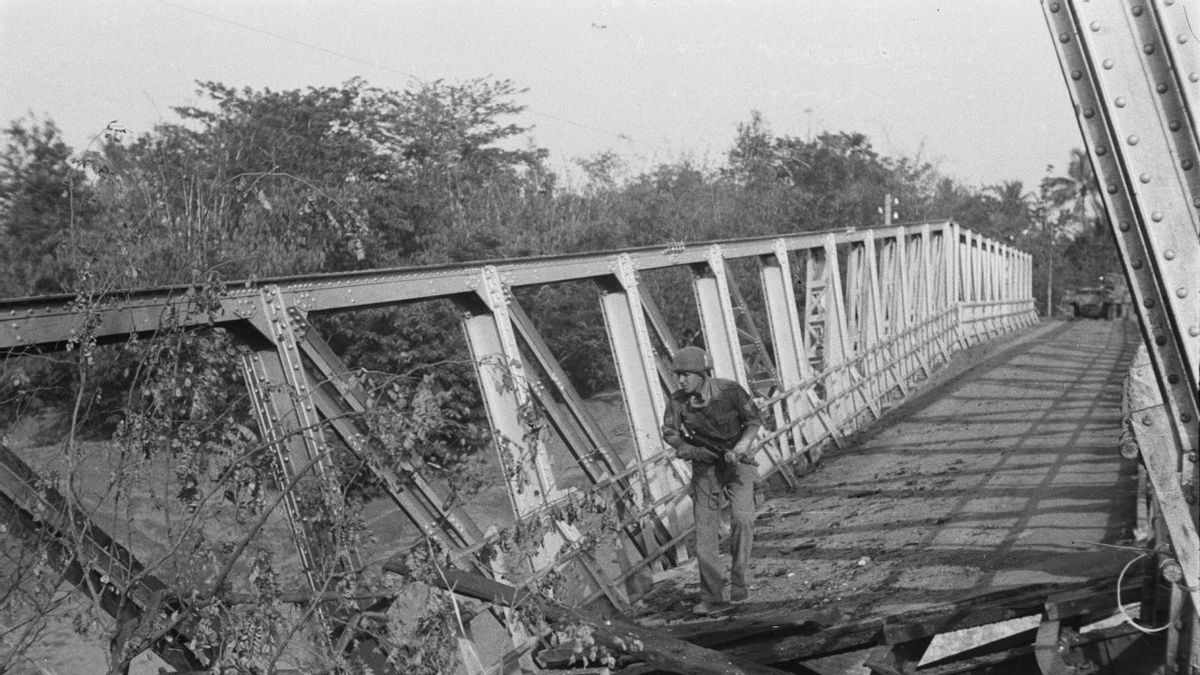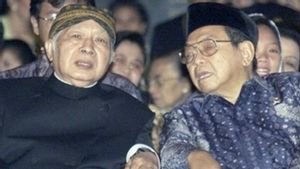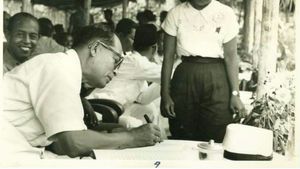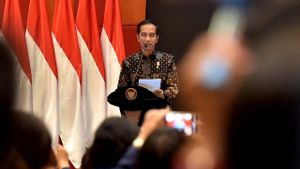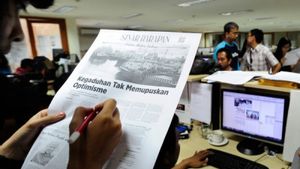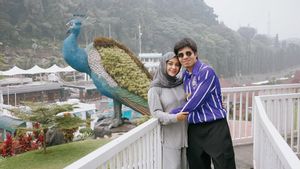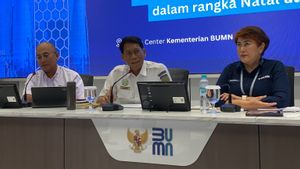JAKARTA - The journey of the bumiputras to achieve independence was not short. The sacrifices - funds, time, lives - were made for Indonesia. The Bumiputras also succeeded in proclaiming Indonesian independence. However, the Dutch were reluctant to be satisfied.
They want to colonize Indonesia once again, no matter how. Violence is perpetuated. Military Aggression I and II are evidence. The Bumiputra also resisted. One of the strategies used is destroying. Destroying many bridges, for example.
Dutch cunning has been present since the early phase of colonialism. They perpetuate Divide at Impera (Politics of Fighting Sheep) to pit the kingdoms in Nusantara. The tactic worked. In fact, making the Netherlands a lot of profit.
The condition was not much different when the Bumiputra perpetuated the Proclamation of Indonesian Independence. The Dutch were not satisfied. The Windmill Country still wants to regain control of Indonesia. New tactics played.
They don't want to violate international law by blindly coming to Indonesia and taking control of it. The Dutch then recognized that Indonesia was no longer a colony. Indonesia is considered equal to the rest of the Netherlands in Europe.

This cunning made the Netherlands try to deceive international law. They invited the allies (Britain) to enter with Dutch officials under the banner of the Civilian Government of the Netherlands East Indies (NICA) with their military strength.
They want to occupy various strategic areas belonging to Indonesia. He also tried to cripple all Indonesian military forces that were still young. Military Aggression I and II became a lesson. Instead of the Indonesians retreating, the Bumiputra fought back.
"The main leader of Indonesia at that time was Soekarno-Hatta. They face a difficult dilemma: submit to the allies or to the youth? If they are submissive to or act sweet to the allies, they distance themselves from the support of the youth whose revolutionary spirit is so blazing and is a great force for Indonesia. But if they submit to the will of youth who firmly want to face the arrival of the allies in a revolutionary way, they are hostile to the allies."
"For the situation at that time to help them. The Allies arrived late, so they along with other Indonesian leaders managed to build strength, albeit at first symbolically, as is evident from the statements that appeared everywhere in support of the proclamation. The hoisting of the Indonesian flag continues to expand, while everyone has a red and white badge on their chest,” said G. Moedjanto in the book Indonesia Abad Ke-20 Bagian 1 (1993).
Destroy the Bridge
The way of diplomacy to defend Indonesian independence is still chosen. However, the resistance against the Dutch by taking up arms was still sung by the freedom fighters. The two strategies were rolled out because the Bumiputra had long been furious with Dutch colonialism in Indonesia. Because the natives are being squeezed like milk cows.
The wealth of natural resources are taken away, while the fate of the bumiputra is left uncertain and is often discriminated against. The narrative of taking up arms made many freedom fighters hide out of town during the revolutionary war.
They chose to wage guerrilla warfare. Many of the freedom fighters tried to intercept and ambush the Dutch patrol. The practice brought results. However, to hinder the movement of the NICA military, the freedom fighters took part in the scorched earth strategy.
Many roads as well as bridges connecting the base villages of the freedom fighters were destroyed. Both facilities are vital for military mobilization. The option of destruction was chosen so that the NICA military would not go any further. After all, almost all the bridges that connect the road to the independence fighters' base area are not intact.

Such resistance took place in almost all regions of the Nusantara. The victims of the bumiputras fell a lot. Likewise from the Dutch side. The Bumiputras sacrificed everything for one goal: Indonesian independence.
“In the untenable plains of Java, the Republicans moved as much of their produce as possible for export, transportation equipment, and machinery to the heart of the Republic's defenses, such as Magelang, Yogyakarta, Madiun, and Kediri. This was done before the Dutch troops entered deeper into the territory of the Republic."
“Then, a scorched earth policy plan is made which will be applied to goods and commodities that cannot be moved. However, the swift arrival of the Dutch and the poorly organized efforts of the Republicans meant that little produce and equipment could be saved. Although widely implemented, the scorched earth tactic seems to be more often applied to buildings and equipment than to export deposits of agricultural products,” said historian George McTurnan Kahin in the book Nasionalisme & Revolusi Indonesia (2013).
VOIR éGALEMENT:
The English, Chinese, Japanese, Arabic, and French versions are automatically generated by the AI. So there may still be inaccuracies in translating, please always see Indonesian as our main language. (system supported by DigitalSiber.id)
